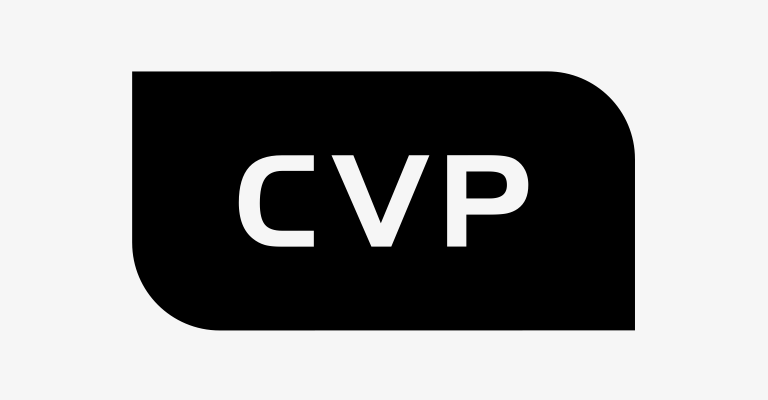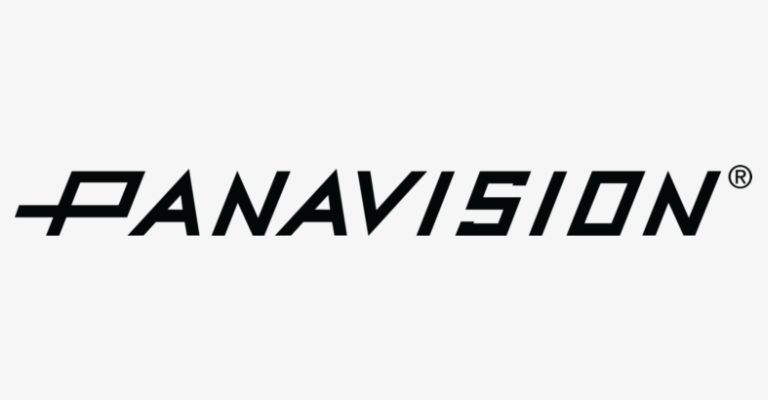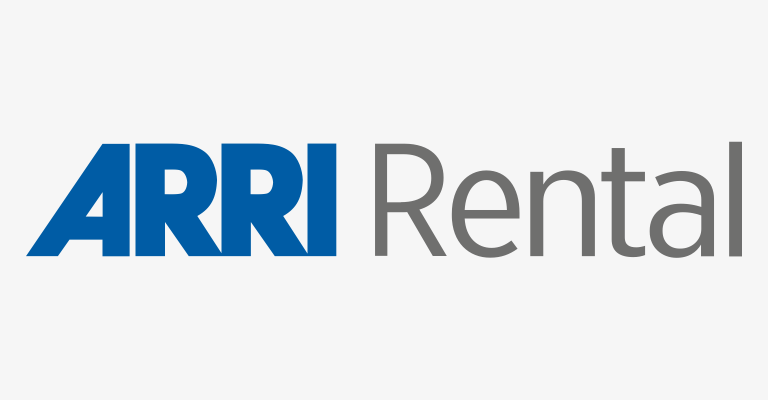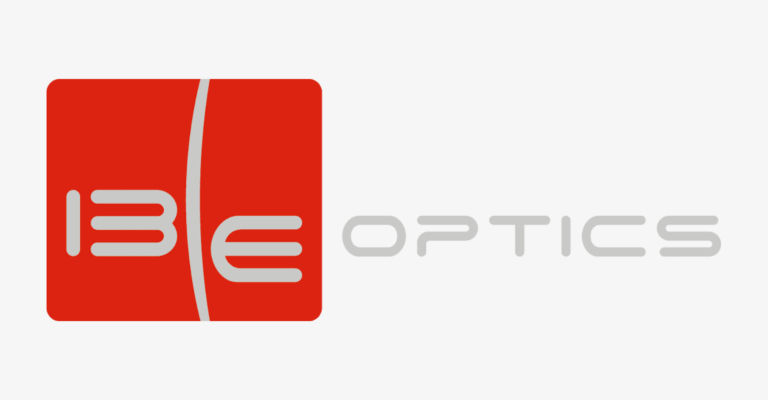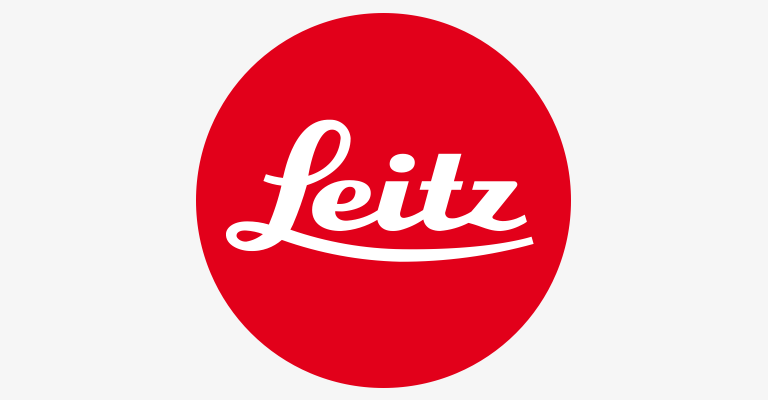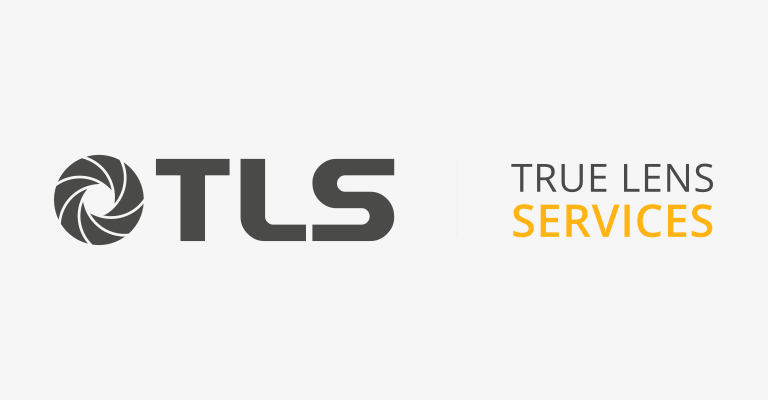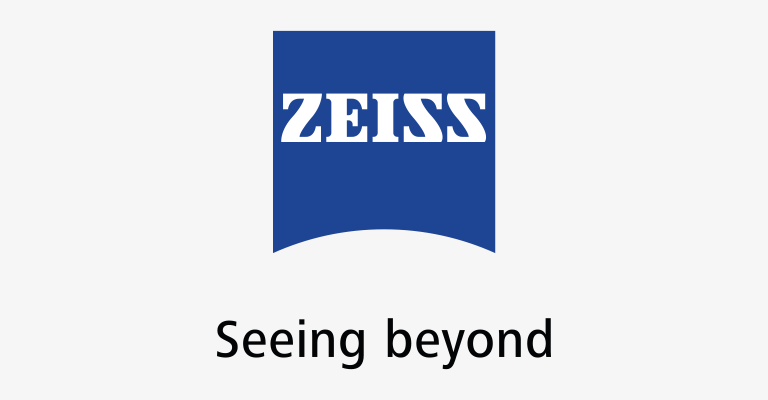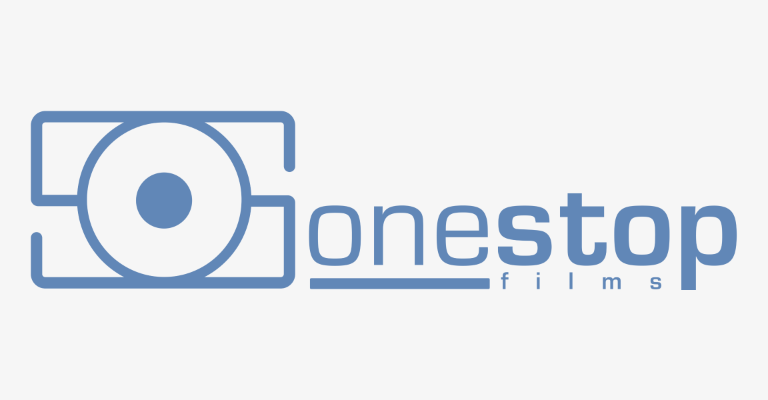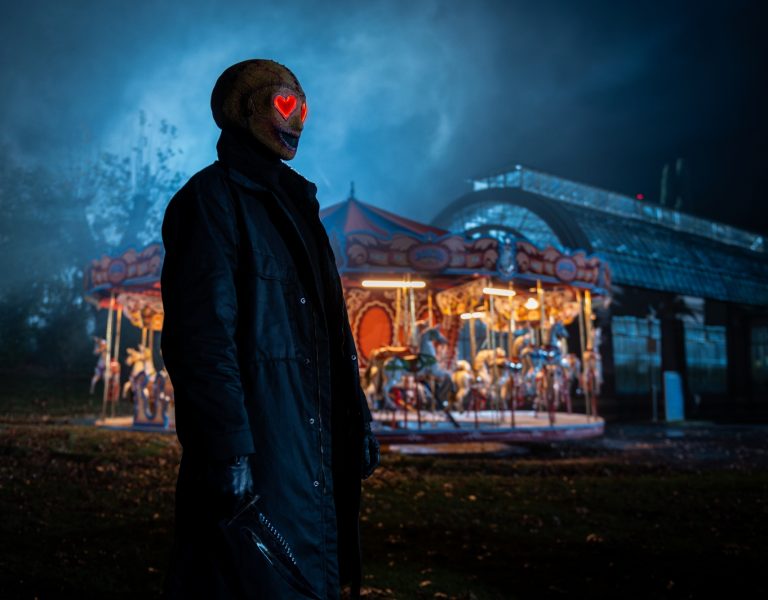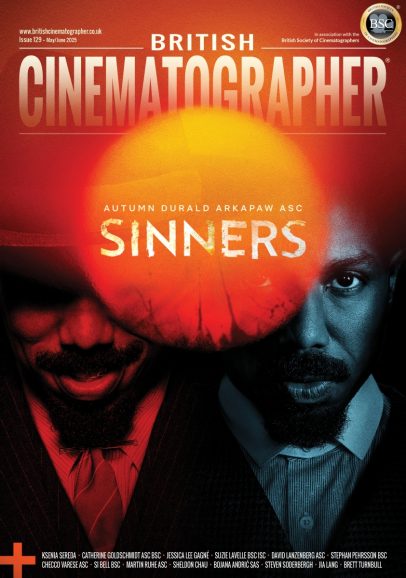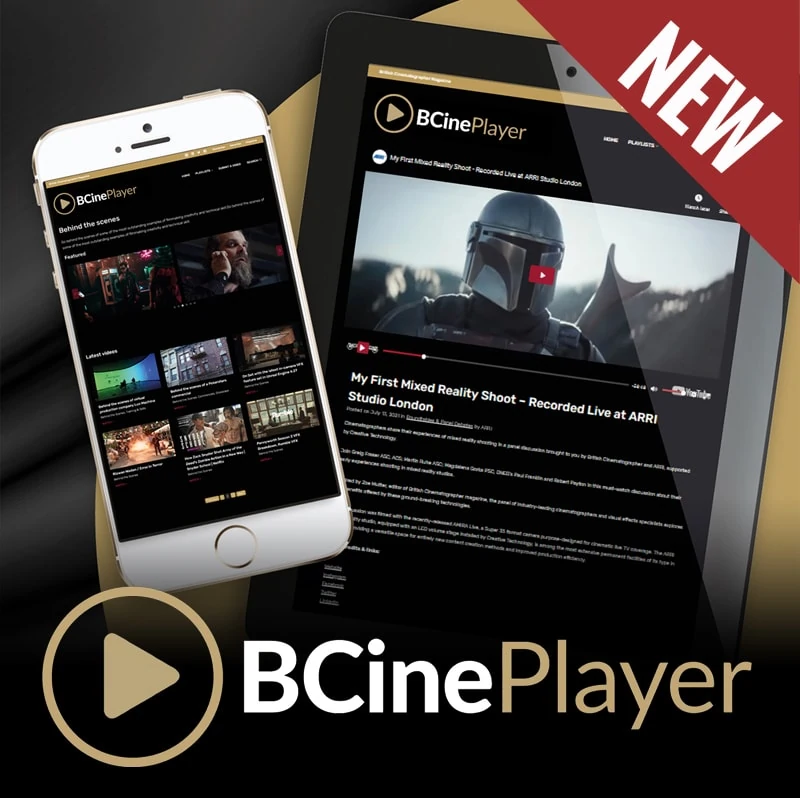Ed Moore BSC explores the evolving role of virtual production in cinematography, emphasising creative lens choices and the importance of fundamental techniques for believable visual effects.
In the days of miniature and optical effects, visual effects often used two lenses – one for photographing miniatures, the other for live action. With CGI, one lens became virtual, but virtual production has revived the idea of rephotographing something once captured through real glass.
Ed Moore BSC addressed the subject soon after wrapping the second season of Hijack. “I’ve just completed my fourth job with substantial virtual production, so I feel like I’ve got a good handle on what works and what doesn’t,” he begins. “But the industry has got better – it’s in a more sensible place now, and there’s lots of virtual production in Hijack 2. Before that, My Fault: London was the number one movie on Amazon for some time – that’s a young adult, teen romance car chase movie. We did loads and loads.”
Moore’s lens choices encompass the extents of the current market. “On My Fault: London, all the interior vehicle stuff and various bits of locations were virtual production and that was Master Primes… and Hijack was Xtal Express. I’d see the lens choice as led by the cinematographer but as a collaboration with all the visual stakeholders… whether it’s greenscreen or virtual production, I’d want that to be a discussion. It’s a creative decision based on the vibe of the show rather than tech requirements. But certainly, when it comes to VP I’d feel particularly unrestricted.”
That lack of restriction, Moore expands, can itself help sell the effect. “When you’re rephotographing your foreground elements and the [LED wall] that’s a great opportunity to use whatever crazy lens you want, to apply that vibe across your final image.” With that in mind, though, another priority emerges: the need to ensure that optical personality arises from the lens on the taking camera, and only the lens on the taking camera. Choosing lenses for plate photography, then, is another matter entirely.
“You live or die on the quality of [the plates] …you want those to be shot with very straightforward lenses which are reproducing in the most flat, undistorted way possible.” To make sure that’s the case, Moore prefers to get “as involved as I possibly can be with the plates. Hijack series two, which has just finished production, is Xtal Express, but we had array work done on ARRI Signature Primes, and on [other productions,] Ultra Primes or CP.3s – you need so many array cameras, it tends to be slightly cheaper lenses.”
Getting plates right, Moore emphasises, is a part of a battle which goes significantly beyond just lens selection. “The nature of how that array is configured is crucial. You want as much resolution as possible and you want to make sure you’re covered for the angles you’re likely to shoot on the car interiors. If you’re not careful, designers will put a lot of emphasis on the front and back angles, and you can end up with not a lot of resolution for profile shots.”
Library material may not suit, and not only because it removes any control over the equipment used. “There is some good library plate stuff, but I really prefer if we can have the exact location and weather conditions. Lens height is very important. Street racing cars are very low to the ground and you must watch out. The library array footage is often shot from the top of a vehicle and the perspective is very hard to fake. You end up halfway up a double decker bus next to your cast who are supposed to be two feet off the ground!”
PROBLEM-SOLVING
Virtual production is a convenient way to shoot car interiors, but Moore suggests that attention to fundamentals like space, layout and blocking can create unpredictable problems. “Everyone likes the idea of getting it in camera, and the extent to which you can do that with virtual production is a matter of experience. I think we’ve all realised that rule number one is not to throw focus to the volume – that doesn’t work – so depth of field is important.”
The necessary geometry, Moore says, depends on the layout of the facility. “Some volume stages are better designed than others. One thing you have to watch out for is the ceiling – to cover the reflections in vehicles with curvy windscreens, you end up lowering those ceilings down quite a lot. If the focal distance on your camera is four feet through the glass to the actor, then you have the volume ceiling two feet above, you can easily put the ceiling tiles at the same focal distance.”
At the same time, Moore cautions, reaching for large-format sensors and wide apertures may not help the effect either. “All of it is easier to control with shallower depth of field. But if you go too far the other way, the volume stages are often very large. [If the volume is] too far away it becomes fog, and it looks very, very fake.” In plate photography, meanwhile, the need for sharpness and cleanliness makes for easier goals. “Where you choose to put your focus on the array plates. It’s rare you’d want to shoot the array plates at anything other than focussed on the environment.”
Hybrid techniques, where backgrounds may be electronically defocused to suit, are entirely new to virtual production. Media servers such as those by disguise, Moore says, can apply “perfectly convincing live lens blurs. Are they going to be the exact optical way that lens defocuses? No, they’re not, but you can judge it by eye.”
At the same time, things which might provoke lens effects might not do so when displayed on a video wall. “Speaking as a flare aficionado – and I’m on the 10-step program to wean myself off them,” Moore admits, “you’re never going to get a specular highlight effect. Those LEDs are not going to reproduce a point source, and even if they could get bright enough to flare the lens, that can’t possibly be on a bit of shot that you hope to retain any detail. You might hope for veiling glare.”
Provoking a characterful lens to work its magic, then, might involve a bit of lateral thinking. “On Hijack season one we had lots of plates shot that had the sun in shot, and I ended up black tacking a tiny mirror on the front of the LED wall where the sun was, and we hit that with other sources that reflected back really effectively.”
NOT GETTING CARRIED AWAY
While virtual production has become popular, Moore warns against the go-fever that can accompany flashy filmmaking techniques.
“Creatively, you need to make sure you’re believing what you’re seeing on the monitors. There’s a lot of impetus with virtual production for everyone to be like ‘this is fantastic!’ because it’s so expensive. That’s even easier when there are more people involved, because the responsibility diffuses out. You can have a result that isn’t believable, for whatever reason and nobody says anything. Really, take a moment and look at the image.”
Nonetheless, Moore reflects, the conveniences are hard to overlook. “Even if it’s cost-neutral, it’s so much more production-friendly to go to a stage, run normal working hours… there’s a huge difference between that and the world of low loaders and pod cars shooting at night and on location. Virtual production suits car stuff well because you’ve got a fixed environment for the car to be in. You’ve got panes of glass and pillars to knock the edge off it, you don’t have to worry too much about perspective change.”
“As for your decisions around which lens to choose,” Moore muses, “the factors are often no different whether it’s virtual production or not. Whether the environment is a set or a location, if it’s done correctly the stage is just another environment. The effort needs to go into making the VP aspects work, however it’s being rephotographed. It should be lens agnostic.”
–
Words: Phil Rhodes
